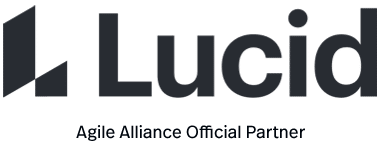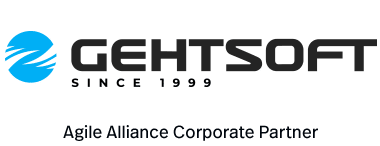“Information radiator” is the generic term for any of a number of handwritten, drawn, printed, or electronic displays that a team places in a highly visible location, so that all team members, as well as passers-by, can see the latest information at a glance: count of automated tests, velocity, incident reports, continuous integration status, and so on.
Also Known As
- a related term, nearly synonymous, is “Big Visible Chart”
- more generally, one speaks of “informative workspaces“
Expected Benefits
Intensive use of information radiators conveys two messages in addition to the information itself:
- the team has nothing to hide from its visitors (customers, stakeholders…)
- the team has nothing to hide from itself: it acknowledges and confronts problems
The main benefit of the practice is therefore to promote responsibility among the team members. A secondary benefit is that information radiators tend to provoke conversation when outsiders visit, which can yield useful ideas.
Origins
- 1980s: the notion of “visual control” originating in the Toyota Production System is in anticipation of “information radiators”
- 1999: the term “Big Visible Chart” is coined by Kent Beck in “Extreme Programming Explained”, though later attributed by Beck to Martin Fowler
- 2001: the term “information radiator” is coined by Alistair Cockburn, part of an extended metaphor that equates the movement of information with the dispersion of heat and gas




